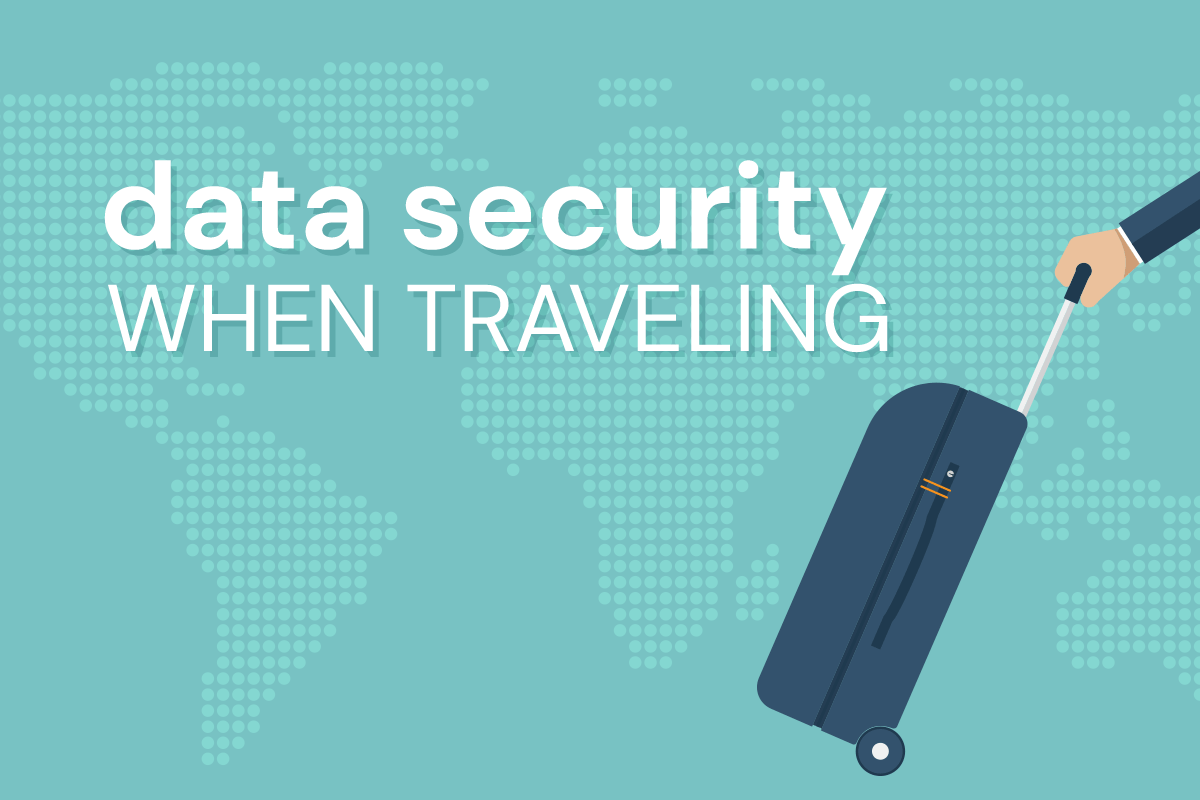With Thanksgiving just around the corner and millions of people hitting the road and the runways, we thought this might be a good time to talk about data security while traveling. It’s such a mundane thing, but so much of our lives is on these devices now that it would be a dereliction of duty to just pop them in your bag and go.
Before You Leave, Make Sure You’re Backed Up
A friend’s car was broken into just this week, and her son lost his science fair data stored on the iPad. If that data is backed up to iCloud, no problem. If it’s been a while since that device has been connected to a WiFi network, that data might be gone for good. We’re proponents of Google Docs, in which case your data is stored in the cloud and not just on your local tablet. And Google gives you 15 GB of free storage, which is a big improvement on Apple’s meager 5 GB of free storage.
One other cool thing about Google Drive is that you can use Google Photos to store an unlimited (really!) number of photos, as long as you set the upload size to “high quality” instead of “original size.” Here’s how to do it. You can do this for any device—iPhone, Android, PC, or Mac.
Be Careful with WiFi Hotspots
If you’re at an airport, the free WiFi can be sketchy. We recommend using a tool like WiFox to locate trustworthy networks as well as login information. There is an app, but the web version is free, so be sure to bookmark it on your phone.
If you do use public WiFi, turn off AirDrop or File Sharing options on your devices. Really, you should always have AirDrop set to “contacts only” if you do use it.
Anything you send over an HTTPS connection is encrypted, and fortunately more and more websites are using it. Honestly, if a hacker does gain access to your device over a sketchy WiFi connection, he likely won’t get much more information than what times you connected to various websites. Keyloggers are fairly simple for a hacker to implement, though, which is why you don’t want to type login credentials or sensitive emails on an open WiFi network.
If you have a VPN, this is the perfect time to use it. For the uninitiated, VPN stands for Virtual Private Network. All good VPNs are paid services, and they allow you to connect to a remote, private server, so that all your activity is funneled through that server securely. We wrote about VPNs earlier this year, and we’re fans.
For the nuclear option, consider bringing your own WiFi with you while traveling. You can use a mobile hotspot like a Karma or a MiFi, or you can tether your device to your smartphone to use your mobile data, if your plan allows it.
Considerations for Your Data When Traveling Abroad
It doesn’t happen often, but a country can refuse to let you in if you don’t surrender your device for inspection, in which case your device might be seized and retained for an extended period of time. If you’re worried about the possibilities, the best advice is to carry less data with you. Some people even advocate buying a pay-as-you-go phone or a “burner” Chromebook.
If you do need to carry a device for playing Peppa Pig videos or what-have-you, it’s still smart to carry less data. If you are carrying your regular tablet or smartphone and are concerned about sensitive data on it:
- Encrypt it. Apple and Microsoft offer encryption tools, and it’s built into your Android Remember your password!
- Disable fingerprint login. Or at the very least restart your device so that a password or PIN is required for access.
- Sign out of apps, clear cookies, and delete saved logins in your browser.
Safe travels and happy Thanksgiving!






